For avid cyclists and casual riders alike, comfort and functionality on long rides are paramount. A bicycle handlebar extender can significantly enhance your riding experience by providing extra space for mounting gadgets, improving control, and offering a more comfortable riding position. Here's how to make the most of this simple yet effective accessory.
Why Use a Handlebar Extender?
Handlebar extenders are perfect for when you need more room for lights, GPS devices, smartphones, or even a horn. They allow you to keep all your essential gear within easy reach, without cluttering your main handlebar space. Additionally, for those seeking a more upright riding posture, extenders can help alleviate back and neck strain by adjusting the height or angle of your handlebars.
Choosing the Right Extender
When selecting a handlebar extender, consider the material, length, and diameter. Aluminum extenders offer a great balance between strength and weight, while carbon fiber options provide the ultimate in lightweight durability. Ensure the extender is compatible with your bike's handlebar diameter and offers enough length to accommodate all your accessories.
Installation Tips
Installing a handlebar extender is a straightforward process that requires minimal tools:
Positioning: Decide where you want to place the extender on your handlebars. It should be easily accessible but not interfere with your riding.
Attachment: Loosen the screws on the clamp of the extender, wrap it around the handlebar, and then tighten the screws. Make sure it's secure but avoid over-tightening, which can damage the handlebar.
Mounting Accessories: Once the extender is in place, start mounting your accessories. Distribute the weight evenly to maintain balance and ensure the bike handles well.
Maximizing Comfort and Efficiency
With everything installed, take a test ride to adjust the positions of the mounted items for optimal comfort and accessibility. You might find that slight adjustments can make a significant difference in your overall riding experience.
Safety Considerations
Always ensure that your handlebar extender and mounted accessories do not obstruct your view or interfere with operating the bike. Regularly check that the extender is securely fastened and that there's no movement while riding.
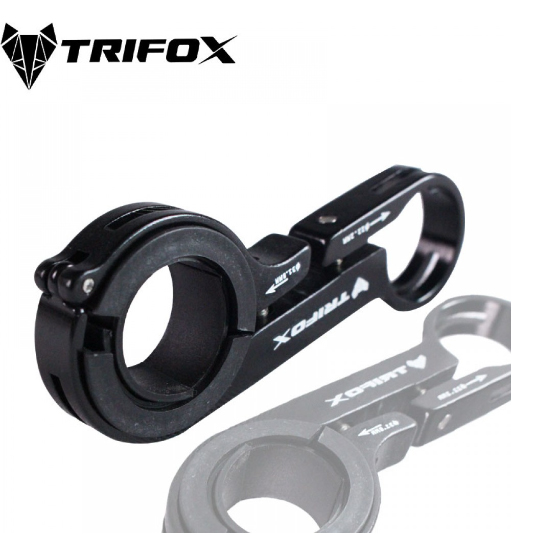
In Conclusion
A bicycle handlebar extender is a simple upgrade that can vastly improve your cycling experience. By freeing up handlebar space, enhancing control, and allowing for a more comfortable riding position, it's an accessory worth considering for any cyclist looking to make their journeys more enjoyable and efficient.
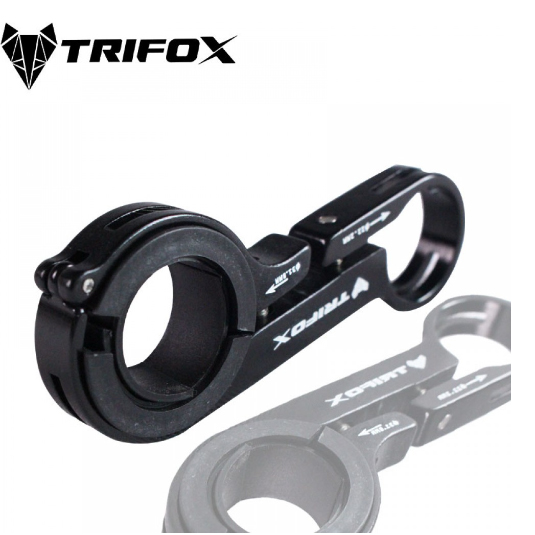

Choosing and installing the right handlebar parts for your bike is akin to selecting the perfect steering wheel for a car. It's not just about aesthetics; it's about comfort, control, and safety. The right handlebar setup can transform your riding experience, whether you're navigating urban streets, tackling rugged mountain trails, or racing on a sleek road bike.
Understanding Handlebar Parts
Before diving into the selection and installation process, it's crucial to understand the key components that make up your bike's handlebar system:
1. Handlebars: The main part that you hold onto while riding. They come in various shapes and sizes, tailored to different types of biking.
2. Stem: The component that connects the handlebars to the bike's fork steerer tube, affecting the bike's handling and rider's position.
3. Grips or Bar Tape: Materials wrapped around the handlebars to provide cushioning and grip for the rider's hands.
4. Bar Ends : Optional extensions at the ends of the handlebars, offering additional hand positions.
Choosing the Right Handlebar Parts
1. Consider Your Riding Style
The first step in choosing the right handlebar parts is to consider your primary riding style. Road cyclists may opt for aerodynamic bars that allow for multiple hand positions, while mountain bikers might prefer wider bars for better control over rough terrain. Touring cyclists, on the other hand, might value comfort over long distances and choose handlebars that facilitate an upright posture.
2. Select the Right Material
Handlebars and stems are made from various materials, including aluminum, carbon fiber, and steel. Aluminum offers a good balance between strength, weight, and cost, making it a popular choice for many cyclists. Carbon fiber is lighter and can absorb road vibrations better but is more expensive. Steel is durable and has a classic look but is heavier.
3. Pay Attention to Size and Geometry
The size and geometry of your handlebars significantly impact your bike's handling and your comfort. Handlebar width should roughly match your shoulder width for optimal control and comfort. The shape of the bars, such as the reach and drop (for road bikes), also affects your riding position and aerodynamics.
Installing Handlebar Parts
Tools You'll Need
- Allen keys/hex wrenches
- Tape measure
- Handlebar tape or grips
- Torque wrench (optional but recommended)
Installation Process
1. Installing the Stem: If you're replacing the stem, loosen the bolts on the old stem and remove it from the steerer tube. Slide the new stem onto the steerer tube, ensuring it's at your desired height and angle. Tighten the bolts evenly but do not over-tighten.
2. Attaching the Handlebars: Place the handlebars in the stem clamp, adjusting them to your preferred angle and position. Most stems have four clamp bolts—tighten them in a cross pattern to ensure even pressure. Use a torque wrench if possible to avoid damaging the bars or stem.
3. Applying Grips or Bar Tape: For grips, simply slide them onto the ends of the handlebars and secure them according to the manufacturer's instructions. For bar tape, start wrapping at the end of the handlebars, keeping the tape tight and overlapping each wrap slightly. Finish by securing the tape with electrical tape or the provided adhesive strip.
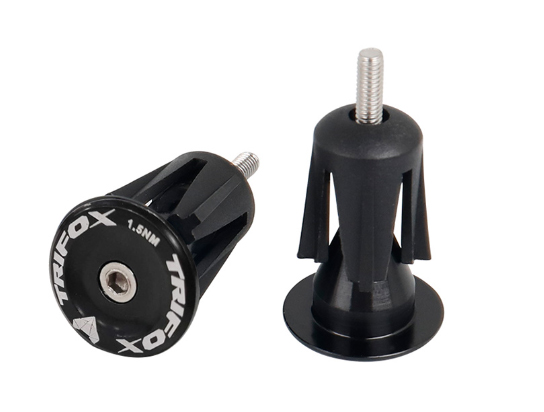
Final Tips
- Always refer to the manufacturer's instructions for specific details and torque settings.
- Regularly inspect your handlebar setup for signs of wear, damage, or loose components.
- Consider professional fitting services if you're unsure about the best setup for your needs.
By carefully selecting and correctly installing the right handlebar parts for your bike, you can enhance your riding experience, improve bike control, and enjoy greater comfort on your cycling adventures. Whether you're a seasoned cyclist or a beginner, the right handlebar setup can make all the difference in your ride.

Mountain biking is not just about exploring trails or pushing your limits; it's also about ensuring your ride is as enjoyable and comfortable as possible. One of the most impactful upgrades you can make to your mountain bike is switching to a high-grade carbon fiber riser handlebar.
Understanding the Benefits of Carbon Fiber
Carbon fiber is renowned in the cycling world for its strength-to-weight ratio, making it an ideal material for bike components where durability and lightness are paramount. A carbon fiber handlebar can significantly reduce the overall weight of your bike, which translates into better handling and less fatigue during long rides. Moreover, carbon has excellent vibration-damping properties, providing a smoother ride on rough terrains.
Why Choose a Riser Handlebar?
Riser handlebars are distinguished by their upward curve away from the stem, offering a more ergonomic position for the rider. This design enhances control on technical sections and increases comfort by allowing for a more natural hand position, reducing strain on the wrists and shoulders. For off-road cycling, where terrain can vary greatly, the added control and comfort can make a significant difference in your riding experience.
Diameter and Length Considerations
When selecting a carbon riser handlebar, it's essential to consider both the diameter and length. A 31.8mm diameter is standard for MTB bikes, providing a good balance between strength, stiffness, and weight. The length of the handlebar influences leverage and control. A maximum length of 740mm is versatile enough for most riding styles, offering ample control without being overly wide for tight trails. However, handlebars often come with cut marks, allowing you to trim them to your preferred width.
Color Options and Finishing Touches
Personalization is another aspect of choosing the right handlebar. With options available in Red, Green, Silver, and Gray, and a matte finish, you can select a style that complements your bike and suits your personal taste. This aesthetic choice does not affect performance but can enhance the visual appeal of your bike.

Installation Guide
Installing a new carbon riser handlebar is a straightforward process that requires some basic tools: a hex wrench set, a torque wrench, and possibly a pipe cutter if you plan to customize the width.
1. Remove the Old Handlebar: Begin by loosening the bolts on your stem's faceplate with a hex wrench. Carefully remove the faceplate and slide the old handlebar out.
2. Transfer Components: Before installing the new handlebar, you'll need to transfer components (like grips, brake levers, and shifters) from the old handlebar. Take this opportunity to clean and inspect these components.
3. Install the New Handlebar: Slide the new carbon riser handlebar into the stem, ensuring it's centered. Use the stem's faceplate to lightly secure the handlebar, checking the alignment before final tightening.
4. Adjust to Desired Position: With the handlebar in place, adjust it to your preferred angle. This position is subjective and should be based on what feels most comfortable and allows for optimal control.
5. Tighten Securely: Once you're satisfied with the handlebar's position, use a torque wrench to tighten the stem's faceplate bolts to the manufacturer's recommended torque settings. This step is crucial to ensure the handlebar is securely attached and to avoid damaging the carbon fiber with excessive force.
6. Trim to Preferred Width: If the handlebar is wider than you prefer, you can trim it down using the cut marks as a guide. It's essential to cut evenly on both sides to maintain balance. Use a sharp pipe cutter and sand the edges smoothly to prevent any sharp edges.
Conclusion
Upgrading to a carbon riser handlebar can significantly improve your mountain biking experience by offering better control, increased comfort, and reduced overall bike weight. By following this guide, you'll be well-equipped to choose the perfect handlebar for your needs and install it correctly. Remember, the right setup not only enhances performance but also ensures you enjoy every moment on the trail. Happy riding!
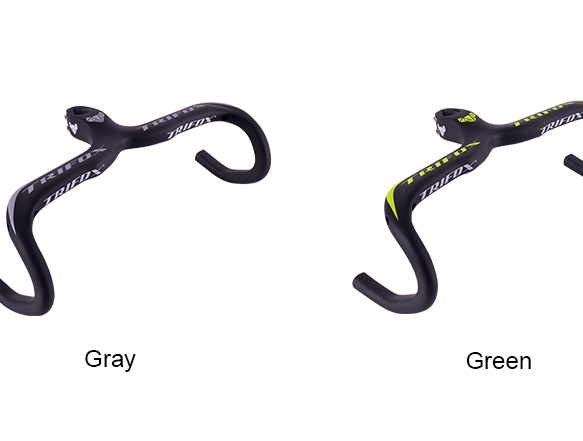
Bike handlebars play a significant role in your cycling experience, affecting your comfort, control, and overall ride quality. Among the various types of handlebars, road bent bars or drop bars are favored by many cyclists for their versatility and aerodynamics.
Understanding Road Bent Bars
Road bent bars or drop bars are characterized by their curved shape, which offers multiple hand positions. They're commonly found on road bikes and are designed for speed and efficiency. The unique design allows riders to switch between an upright position for relaxed riding and a lower position for improved aerodynamics.
Fitting a Road Bent Bar
Before you can enjoy the benefits of a road bent bar, you need to ensure it's fitted correctly. Here's a step-by-step guide:
1. Choose the Right Size: Handlebars come in various widths and depths. Choose a size that aligns with your shoulder width for optimal comfort and control.
2. Position the Handlebar: The angle at which the handlebar is positioned can affect your comfort and control. A common starting point is to align the bottom of the drops parallel to the ground, but this can be adjusted to personal preference.
3. Secure the Handlebar: Once positioned, secure the handlebar using the stem clamp. Ensure it's tight enough to hold the handlebar securely but not so tight that it damages the bar.
4. Attach the Controls: Finally, attach the brake levers and shifters. These should be positioned so they can be easily reached from both the hoods and the drops.
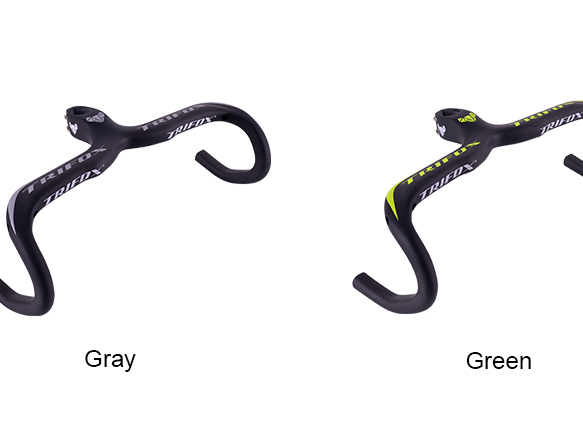
Adjusting a Road Bent Bar
Once your road bent bar is fitted, you may need to make adjustments to optimize comfort:
1. Adjust the Angle: If you find the default angle uncomfortable, try adjusting it slightly. A small change can make a big difference to your comfort.
2. Adjust the Controls: If reaching the brake levers or shifters is uncomfortable, they may need to be repositioned. This should be done gradually, making small adjustments and testing the feel each time.
3. Consider a Professional Fit: If you're struggling to find a comfortable setup, consider getting a professional bike fit. They can assess your riding style and body shape to determine the optimal setup.
In conclusion, fitting and adjusting a road bent bar can significantly improve your cycling experience. By ensuring the handlebar is the correct size, positioned correctly, and adjusted for comfort, you can enjoy the benefits of a road bent bar and enhance your rides.
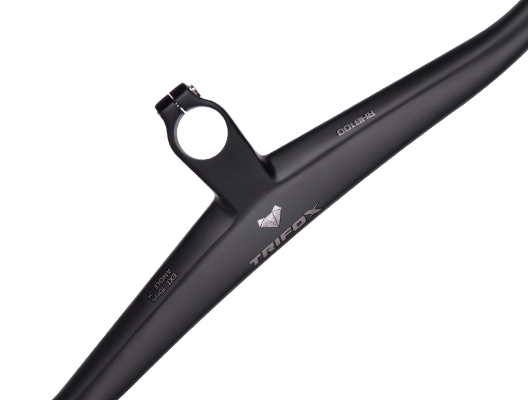
The integrated stem handlebar has become a popular choice among cyclists for its sleek design, aerodynamic benefits, and weight savings. However, selecting the best one for your cycling needs requires careful consideration. In this guide, we'll walk you through the process to help you make an informed choice.
Understanding Integrated Stem Handlebars
Integrated stem handlebars are a single unit that combines the handlebars and the stem. They offer a streamlined look, improved aerodynamics, and often a weight reduction compared to traditional separate stem and handlebar setups. However, they also limit adjustability, so it's crucial to choose the right one.
Factors to Consider When Choosing an Integrated Stem Handlebar
1. **Width:** The width of your handlebars should match the width of your shoulders for optimal comfort and control.
2. **Reach:** This is the distance from the center of the handlebar top to the furthest edge of the brake hoods. A longer reach is suitable for cyclists with long arms or those who prefer a more aggressive riding position.
3. **Drop:** The drop is the vertical distance from the handlebar tops to the bottoms. A smaller drop is easier for riders to reach and is comfortable for long rides.
4. **Material:** Most integrated handlebars are made of carbon fiber for its strength, lightness, and vibration-damping properties.
5. **Cable Routing:** Many integrated handlebars allow for internal cable routing, which improves aerodynamics and gives a cleaner look.
6. **Compatibility:** Ensure the handlebar is compatible with your bike's frame, fork, and headset. Also, check compatibility with your groupset and accessories like lights or GPS mounts.
Installing Your Integrated Stem Handlebar
Once you've chosen the perfect integrated stem handlebar, it's time to install it. Here's a simple step-by-step guide:
1. **Remove Old Components:** Start by removing your old handlebars and stem. Be careful when disconnecting brake and gear cables.
2. **Install the Integrated Handlebar:** Place the new integrated handlebar in the correct position on the steerer tube and tighten it according to the manufacturer's specifications.
3. **Reconnect Cables:** Thread your brake and gear cables through the integrated handlebar, following the manufacturer's instructions for internal routing if applicable.
4. **Reinstall Components:** Reattach your brake levers, shifters, and any accessories. Make sure everything is secure and in the right position for you.
5. **Final Adjustments:** Finally, adjust your handlebar angle and brake lever position for optimal comfort and control.
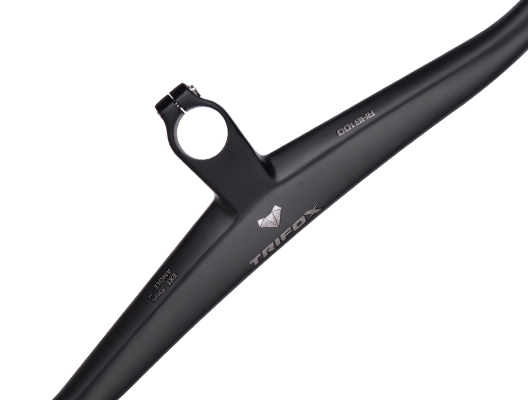
Conclusion
Choosing the best integrated stem handlebar for your cycling needs can significantly enhance your riding experience. By understanding what to look for and how to install it, you can enjoy the benefits of a clean, aerodynamic setup. Happy riding!

Dual suspension bicycles, also known as full-suspension bicycles, offer a comfortable ride over rough terrain. They absorb shocks from both the front and rear wheels, reducing the impact on the rider. However, to keep your ride smooth and your bicycle in top condition, regular maintenance and proper adjustment are key. This guide will walk you through the process.
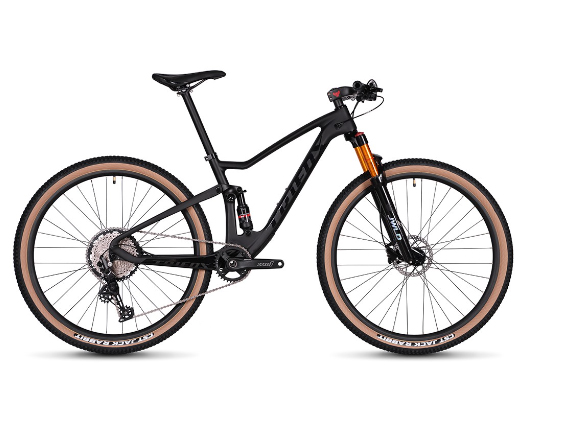
Understanding Your Dual Suspension System
The dual suspension system in your bicycle consists of a front fork and a rear shock absorber. The front fork absorbs impacts from the front wheel, while the rear shock absorber does the same for the rear wheel. These components work together to provide a smoother ride over rough terrain.
Routine Maintenance
Regular maintenance of your dual suspension bicycle involves several steps:
1. Check for Loose Bolts: Ensure all bolts, especially those on the suspension system, are tight.
2. Check Tire Pressure:Proper tire pressure is crucial for optimal suspension performance. Consult your bike’s manual for the recommended pressure.
3. Inspect the Frame: Look for cracks or damage that could affect the bike's structural integrity.
Adjusting Your Suspension
Adjusting your suspension to match your weight and riding style can significantly improve your ride quality. Here's how:
1. Adjust the Sag:Sag refers to how much your suspension compresses under your weight. Most manufacturers recommend a sag of about 25-30% of the total travel.
2. Adjust the Rebound:The rebound controls how quickly the suspension returns to its original position after compressing. The right setting depends on personal preference and the terrain.
Professional Servicing
While routine maintenance can be done at home, some tasks require a professional. These include replacing worn-out parts and performing more complex adjustments. If you're unsure, it's best to consult a professional.
Conclusion
Maintaining and adjusting your dual suspension bicycle is crucial for optimal performance. Regular checks and adjustments will keep your ride smooth and prolong the lifespan of your bike. Happy cycling!

Biking enthusiasts know the importance of having the right equipment for a comfortable and efficient ride. One of the many bike components that can make a significant impact on your cycling experience is the handlebar stem. In recent years, the 31.8 handlebar stem has become a popular choice among cyclists, but what makes it stand out from the rest?
1. Improved Rigidity: The 31.8 handlebar stem is known for its increased rigidity as it has a larger diameter compared to other standard handlebar stems. The increased rigidity not only provides more stability when cycling but also enhances the precision of your bike’s handling, especially when negotiating corners or steep hills.
2. Lighter Weight: With its larger diameter, the 31.8 handlebar stem can also be made lighter, which makes it a popular choice for road racers and mountain bikers. Weight reduction on a bike component can make a noticeable difference to the overall weight of the bike and improve speed and riding efficiency.
3. More Comfortable Riding Position: The 31.8 handlebar stem has a shorter projection length compared to other handlebar stems. It means that the stem positions the handlebars closer to the rider, allowing for a more comfortable riding position. Additionally, the shorter projection length also reduces the amount of force and strain on the wrists and elbows.
4. Availability: As a more recent addition to bicycle components, availability is not an issue for the 31.8 handlebar stem. Many bicycle manufacturers and bike stores offer a wide range of options when it comes to the 31.8 handlebar stem, from different materials, colors, and sizes, making it an accessible choice for many riders.
5. Affordable Options: One of the myths surrounding the 31.8 handlebar stem is that it can be pricey, but that is not always the case. Many high-quality 31.8 handlebar stems are affordable and offer the same benefits as more expensive options, making it a budget-friendly option for those on a tight budget.

Conclusion: Choosing the right handlebar stem is crucial for having a comfortable, efficient, and safe ride as a cyclist. The 31.8 handlebar stem provides increased rigidity, lighter weight, a more comfortable riding position, and is readily available and affordable for many riders.
Whether you are a professional road racer or an occasional weekend cyclist, the 31.8 handlebar stem could be the perfect choice for improving your overall cycling experience. Check out Trifox Bike to find a lightweight alloy 31.8 handlebar stem that fits your biking needs and budget.
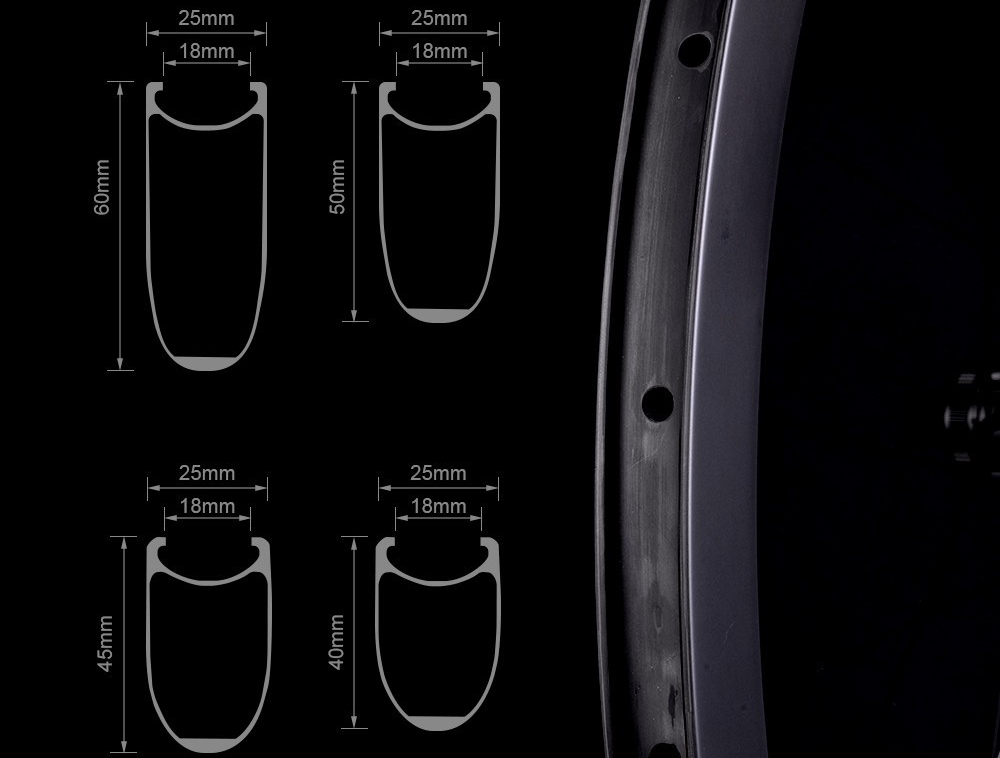
For any cyclist, having a good set of road wheels is integral to achieving peak performance on the road. The wheels you choose can greatly affect your riding experience, from the weight, to the stiffness, to the durability. Carbon and aluminum are two popular materials used in the construction of road wheels, each with their own unique advantages and disadvantages. So, which one is truly better?
In this blog post, we will discuss the pros and cons of carbon vs aluminum road wheels, and help you decide which one is the best fit for your cycling needs.
Carbon Road Wheels:
Carbon road wheels have significantly grown in popularity over the years due to their numerous advantages. Firstly, carbon road wheels are lightweight, making them perfect for hilly or mountainous terrain where a lighter bike can make a great difference. They are also stiffer than aluminum wheels, which means they are a more efficient source of power transfer from the cyclist to the road. Carbon is also known for its ability to dampen vibrations, allowing for a more comfortable ride. The downside of carbon wheels is that they can be costly, and more prone to damage in the event of an impact with potholes, cracks, and other obstructions on the road.
Aluminum Road Wheels:
Aluminum road wheels are popular for their affordability and durability, making them a great option for beginner or budget-conscious cyclists. They are heavier than carbon wheels but are still lightweight and can be relatively stiff with the right geometry. Aluminum wheels are also less likely to get damaged by potholes and rough roads, giving them a longer lifespan than carbon wheels. However, aluminum wheels can transmit more vibrations to the rider, leading to a potentially less comfortable ride than carbon wheels.
Carbon vs Aluminum Road Wheels - Which one should you choose?
When deciding whether to go for carbon or aluminum road wheels, it's important to consider your riding goals and needs. If you are looking for a smoother and faster ride, and don't mind spending a bit more, carbon road wheels are a great option. They are light, stiff, and can give you an edge in competitive cycling. However, if you're just starting out, or are on a budget, aluminum road wheels are a solid choice. They are durable, affordable, and can still provide an excellent cycling experience.
Beyond the price and the riding goals, there are many factors that cyclists consider when selecting road wheels. Some of these factors include the wheel's weight, its durability, the stiffness, and the aerodynamics. Each material has its own characteristics that can make it more or less suitable for various types of riders, so research carefully before making a decision.
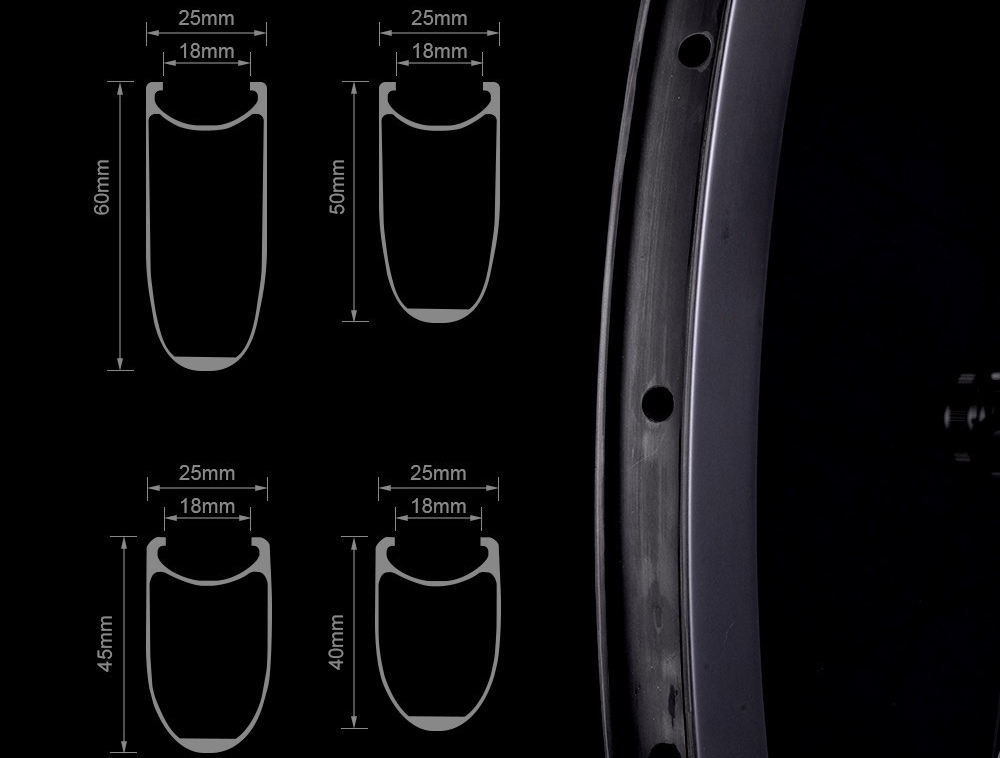
In conclusion, carbon and aluminum road wheels both have their unique advantages and disadvantages. Ultimately, the choice between them should largely depend on your own individual cycling needs and goals. Identify what aspects of your wheelset are the most important to you and choose the material that best suits you. Regardless of whether you choose carbon or aluminum road wheels, selecting a high-quality set with a good reputation and proper maintenance can improve your cycling experience greatly. So, happy cycling!
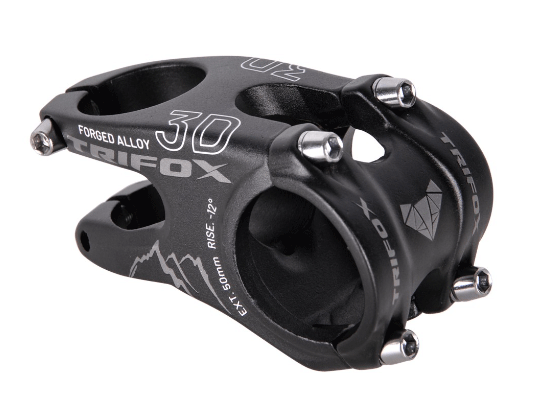
As a cyclist, the handlebar stem is an essential component of your bike. It connects the handlebars to the bike's steerer tube, allowing you to steer and control your ride. Whether you're an experienced cyclist or a newbie, upgrading your handlebar stem can make a significant difference in your rides' comfort and performance.
1. Lightweight and Durable
This handlebar stem is made of 6061 T6 aluminum alloy, making it lightweight and strong. It weighs only 124g, making it an excellent option for riders who want to reduce weight and increase riding performance. Moreover, it's durable and offers excellent rigidity, ensuring that you'll always be in control of your ride. The stem has a 35mm handlebar clamp diameter and a 28.6mm steerer tube diameter, making it compatible with most mountain bikes.
2. Easy to Install
One of the standout features of this handlebar stem is how easy it is to install. It comes with four screws that attach the handlebar to the stem, making the installation process easy and straightforward. This means that you won't need any professional help to install it and spend less time fiddling with your bike and more time riding it.
3. Better Performance
The Lightweight 35mm Mountain Alloy Handlebar Stem ABS200 is perfect for off-road riding. It's stiff enough for uphill climbs and rough terrain yet has enough flex to absorb vibrations and impacts, providing a smoother ride and reducing rider fatigue. The stem's bolt-on faceplate design ensures the handlebars are secure and won't slip, even in the most challenging of conditions. This stem will provide you with better handling, control, and comfort on your rides.
4. Stylish Option
The ABS200 stem has a sleek and minimalist design, adding style to your bike. It's available in black, gold, and red colors, providing you with the option to choose the color that best suits your bike's aesthetics. Its clean design complements most mountain bikes, giving your ride a unique and sophisticated look.
5. Affordability
One of the standout features of this handlebar stem is its affordable price. With its high-quality materials and excellent functionality, it's an excellent option for riders who want to upgrade their ride without breaking the bank. It's an affordable investment in your ride's comfort and performance, making it an essential component of your mountain bike.

Conclusion:
Investing in a high-quality handlebar stem can make a significant difference in your ride's comfort and performance. The Lightweight 35mm Mountain Alloy Handlebar Stem ABS200 from Trifoxbike is the perfect handlebar stem for any rider, whether you're a newbie or an experienced cyclist. It's lightweight, durable, easy to install, and has an elegant and sleek design.
Moreover, it's an affordable option, allowing you to upgrade your ride without spending a fortune. Upgrade your ride today with the best handlebar stem – the Lightweight 35mm Mountain Alloy Handlebar Stem ABS200!

























































